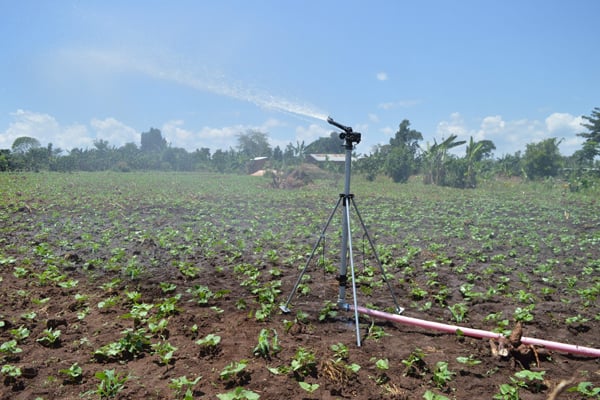Technologies should serve marginalised groups

Ambrose Bugaari
What you need to know:
- ‘‘ Mobile money platforms are more attractive because small-scale farmers in Uganda need a safe place to save their money."
Finance is the most commonly cited primary constraint for business growth, for both informal and formal businesses.
The National Small Business Survey of Uganda 2015 report by FSD Uganda states, “Finance is pinpointed by MSMEs as the primary constraint on growth”.
Relatedly, information gained through interaction with different farmers across all regions of Uganda indicates that not being able to access a loan of the amount or on terms that are reasonable for their businesses is a major constraint.
Findings of the FinScope Uganda 2018 survey show that 10.3 million Ugandan adults use informal financial services whilst 3.6 million rely only on informal services.
Most of those who use informal services are rural-based and they are most likely to rely on farming/fishing activities and casual labour for money.
In spite of the expansion of formal banks and other financial services in Uganda, the majority of smallholder farmers remain without access to the services they need to secure formal finance. The larger banks have a difficult time extending services to the more rural areas, as the lending amounts are low and the costs to administer such small loans is high. Therefore, existing commercial banks tend to focus their activities on urban areas. The solution to deepening financial inclusion could be digital finance.
Digital finance in Uganda can best be understood by the role of mobile phone penetration. According to the GSMA report for 2019, the broad access to mobile phones and the low cost structure associated with deploying mobile money services countrywide have seen mobile money become the main driver of formal financial inclusion in Uganda, which now stands at 78 percent. In 2018, the total value of transactions over mobile money platforms reached Shs73.1 trillion ($17.4 billion), more than half of Uganda’s GDP.
There are now more than 22 million registered mobile money accounts in the country, held by citizens across social and geographical divides, compared to around 5 million registered accounts in traditional banks.
Mobile money platforms are more attractive because small-scale farmers in Uganda need a safe place to save their money for emergencies and invest in better and more modern operations. Typical banks have failed them on both counts.
In Uganda, for example, where the agriculture sector employs over 75 percent of the population, anecdotal evidence suggests that more than 80 percent of farmers are excluded from traditional banks. Mobile money fills that gap. By making financial services accessible and convenient, mobile money platforms have helped to increase access to financial services.
From a gender perspective, with the majority of women in Uganda lacking any formal bank account, which means they are cut off from the opportunity to securely save, borrow and invest in agricultural initiatives, mobile money may be the agent of change for these women.
Lastly, mobile money could keep more young people in agriculture. A 2018 report from Food and Agriculture Organisation (FAO) reveals that half of the continent’s internal migration patterns flow from rural to urban areas; in sub-Saharan Africa, that figure rises to three-quarters of all internal movement. A dwindling rural population means limited agricultural production, further endangering the country’s food supply.
The key to solving this problem, says the FAO’s Director-General, is to “ensure that new technologies reach and better serve often marginalized, rural people, including those living in fragile contexts.”
Such technologies will facilitate lending and investing initiatives in the agricultural sector, capturing the potential of a new generation of smallholder and family farmers.
Mr Ambrose Bugaari, expert in agribusiness incubation and entrepreneurship.




